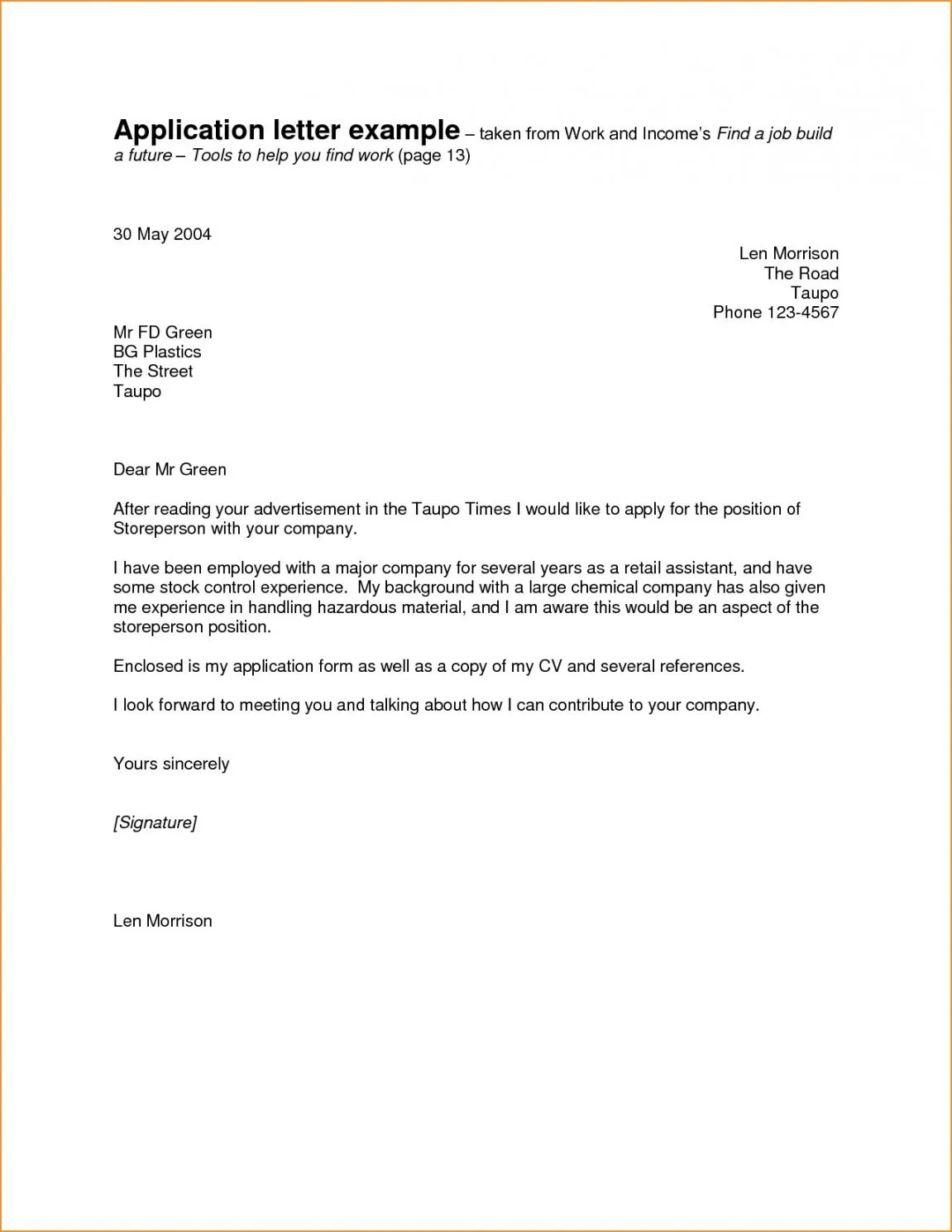The Purpose of an Email Cover Letter
An email cover letter serves a crucial role in the job application process. It’s your initial introduction to a potential employer, a chance to make a positive first impression and showcase your qualifications. Think of it as a carefully crafted elevator pitch, designed to capture the reader’s attention and entice them to delve deeper into your resume. Unlike a resume, which provides a factual account of your experience and skills, the cover letter allows you to inject personality and demonstrate your enthusiasm for the specific role and company. It is an opportunity to connect with the hiring manager on a more personal level, setting the stage for further communication and hopefully, an interview. This document can significantly influence whether your application moves forward, highlighting your suitability for the position and your understanding of the company’s needs.
Why an Email Cover Letter is Important
In a competitive job market, an email cover letter can set you apart. It offers a chance to articulate your unique value proposition, explaining why you are the ideal candidate. Many hiring managers consider a cover letter an essential component of an application, scrutinizing it for writing skills, attention to detail, and genuine interest. It’s an opportunity to explain gaps in your resume, address any concerns, or provide context to your qualifications. A well-written cover letter demonstrates your communication abilities, which are often critical in the workplace. Furthermore, it allows you to tailor your application to a specific job, showing that you’ve researched the company and understand their requirements. This level of personalization can significantly increase your chances of landing an interview, making a cover letter an invaluable tool in your job search arsenal. Consider this your first chance to demonstrate your communication skills.
Key Elements to Include in an Email Cover Letter
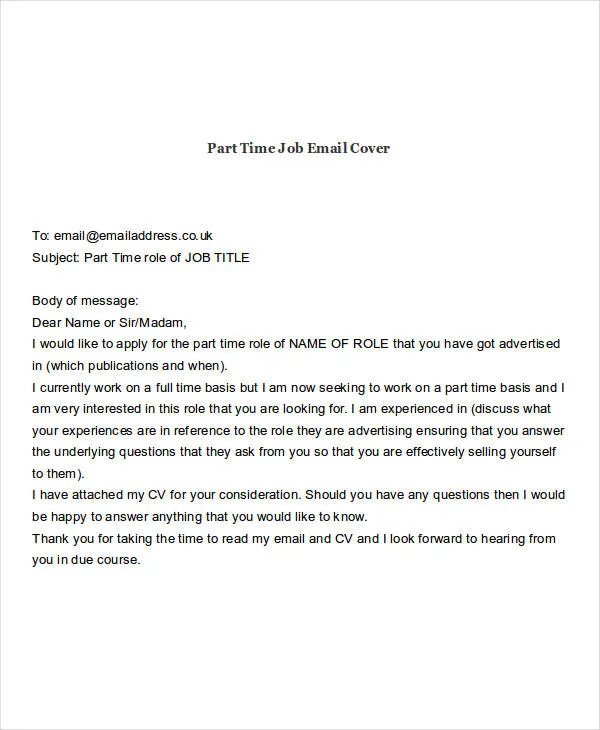
A compelling email cover letter includes several key elements that work together to make a strong impression. A clear and concise subject line, a personalized greeting, highlighting relevant skills and experience, showcasing achievements, and expressing enthusiasm for the role and company are all vital. Each component plays a significant role in attracting attention and highlighting your qualifications. The structure should be logical, flowing from an engaging introduction to a persuasive body and a strong call to action. By including these elements, you create a professional and persuasive document that effectively communicates your value to the prospective employer. Ensure the inclusion of these key pieces of information, along with a professional tone to leave a lasting impression.
Subject Line that Grabs Attention
The subject line is the first thing a hiring manager sees, so it needs to be both informative and attention-grabbing. Avoid generic subject lines like “Job Application.” Instead, use the job title and your name. For instance, “Software Engineer Application – John Doe” or “Application for Marketing Manager – Jane Smith”. If the job posting specifies a particular subject line, be sure to use it. Consider including the job reference number if provided. The aim is to make it easy for the recruiter to identify your email and understand what it is about immediately. A well-crafted subject line increases the likelihood that your email will be opened and read, ensuring that your application receives the attention it deserves. Using action-oriented words can help the email stand out.
Personalized Greetings
Avoid generic greetings like “To Whom It May Concern.” Research the hiring manager’s name and address the letter to them directly. This shows you’ve taken the time to learn about the company and make a personal connection. If you are unable to find a name, a professional greeting like “Dear Hiring Team” or “Dear [Department] Hiring Manager” is acceptable. Personalization demonstrates respect and shows that you are genuinely interested in the opportunity. It is always better to be specific, but a broader approach is still preferable to a generic one. Showing your ability to pay attention to detail and conduct basic research can be a major asset during the initial application review. Making a connection is important.
Highlighting Relevant Skills and Experience
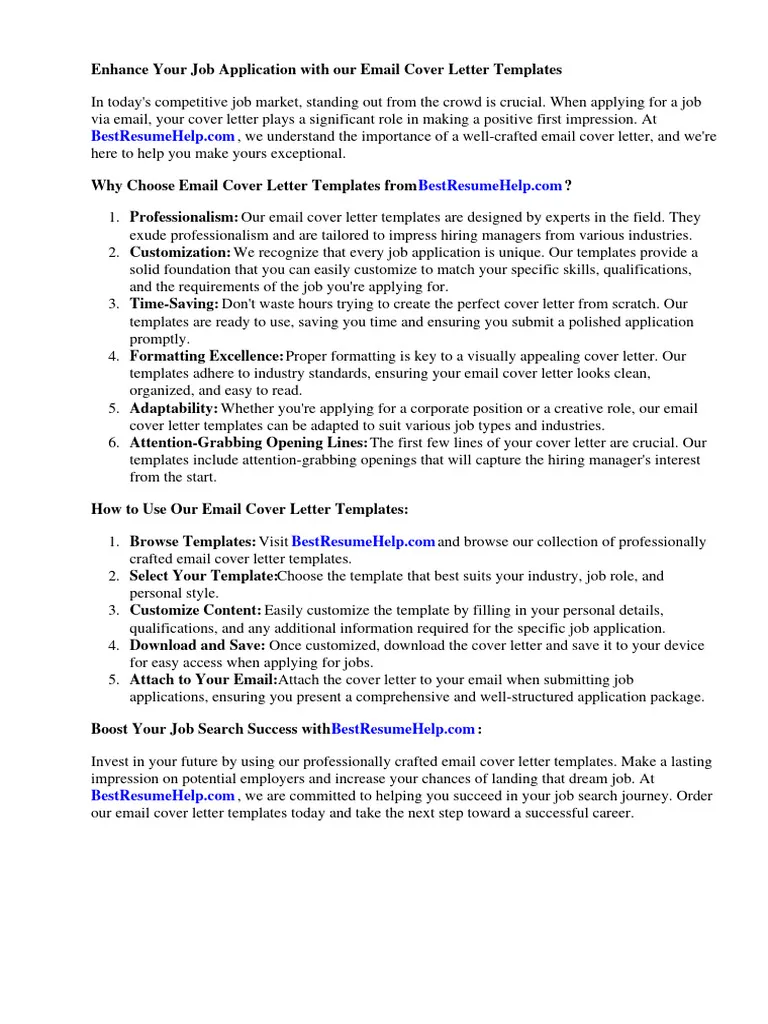
Your cover letter should highlight the skills and experience that are most relevant to the job you are applying for. Carefully review the job description and identify the key requirements. Then, provide specific examples of how your skills and experience align with these requirements. Use action verbs to describe your accomplishments and quantify your achievements whenever possible. For example, instead of saying “Managed projects,” say “Managed a team of 10 developers, delivering projects on time and under budget.” Tailor your letter to each specific job application to demonstrate that you understand the employer’s needs and possess the necessary skills. Show your ability to identify the job requirements, and the skills you have to meet them.
Showcasing Achievements
Instead of simply listing your responsibilities, focus on showcasing your achievements. Quantify your accomplishments whenever possible, using data and metrics to demonstrate your impact. For instance, instead of saying “Increased sales,” say “Increased sales by 15% in one quarter through targeted marketing campaigns.” Achievements are more impactful than generic statements of responsibilities. They demonstrate your ability to deliver results and add value to the organization. Be concise, specific, and always focus on the outcome. This demonstrates your value, and provides quantifiable evidence of your abilities. Use concrete examples to illustrate your achievements.
Expressing Enthusiasm for the Role and Company
Show genuine enthusiasm for the specific role and the company. Demonstrate that you’ve done your research by mentioning specific projects, values, or initiatives that resonate with you. Explain why you are excited about the opportunity and what you hope to contribute. Avoid generic statements and instead tailor your letter to reflect your understanding of the company’s mission and values. This enthusiasm demonstrates your interest and commitment, making you a more attractive candidate. Highlight the specific aspects of the role that excite you and explain how your skills align with the company’s goals. This level of engagement shows you are committed and interested.
The Top 5 Secrets for a Great Email Cover Letter

Crafting a great email cover letter can significantly increase your chances of landing an interview. By following some key secrets, you can make your application stand out. From keeping it concise and focused to including a strong call to action, each element plays a vital role in making your application effective and memorable. Consider these secrets as essential steps in creating a compelling cover letter that impresses potential employers, and shows how you stand out from the crowd. Keep the employer engaged with the quality of your writing, and your ability to convey the value you offer.
Secret 1 Keep it Concise and Focused
Hiring managers are busy, so keep your email cover letter concise and focused. Aim for a letter that is no more than one page, ideally less than 300 words. Focus on the most relevant information and avoid unnecessary details. Get straight to the point and clearly articulate why you are the perfect fit for the job. Every sentence should add value. A well-structured, brief letter is more likely to be read and appreciated than a lengthy, rambling one. Focus on the information that matters, the skills that are required, and your value to the employer. Keep your message clear, so the employer can see your skills at a glance.
Secret 2 Tailor Your Letter
Avoid using a generic cover letter for every application. Customize each letter to the specific job and company you are applying for. Research the company, understand its values, and highlight how your skills and experience align with their needs. Tailoring your letter demonstrates that you have taken the time to understand the role and are genuinely interested in the opportunity. This attention to detail sets you apart from candidates who send out generic applications. Show your understanding of the requirements, and tailor your response accordingly. Highlight how you can benefit the employer, and show you are a good fit.
Secret 3 Proofread and Edit Meticulously
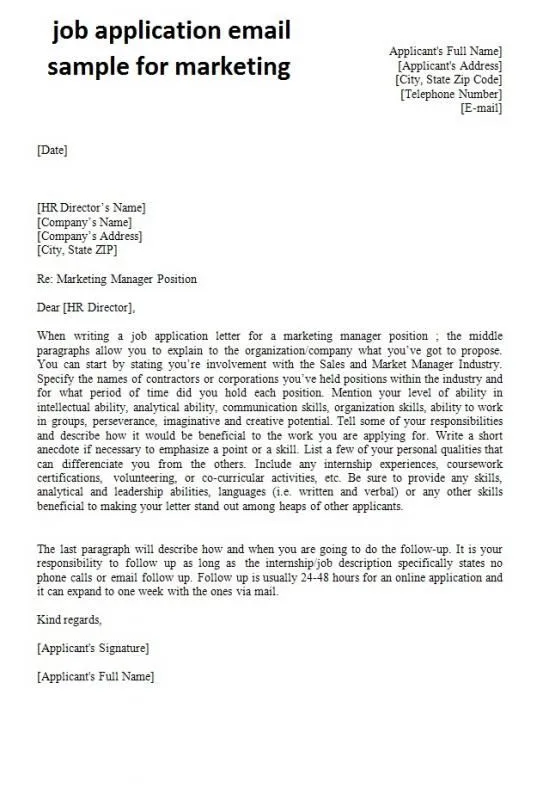
Errors in grammar, spelling, and punctuation can undermine your credibility and make a negative impression. Always proofread your email cover letter carefully before sending it. Use a spell-checker and grammar-checker, but don’t rely on them entirely. Read your letter aloud to catch any awkward phrasing or errors. Ask a friend or family member to review it as well. A polished, error-free letter shows attention to detail and professionalism. Take the time to revise, and review the information you provide. This will help ensure that your cover letter makes the best possible impression.
Secret 4 Use a Professional Tone and Formatting
Maintain a professional tone throughout your email cover letter. Use formal language and avoid slang or informal expressions. The tone should be respectful and enthusiastic. Pay attention to formatting, ensuring that the email is easy to read. Use a clear font, such as Arial or Times New Roman, with a readable font size (11 or 12 points). Use proper spacing and paragraph breaks to make the letter visually appealing. A professional tone and well-formatted email demonstrate your attention to detail and professionalism. Pay attention to your word choice, and ensure your letter is easy to read, and easy to understand.
Secret 5 Include a Call to Action
End your email cover letter with a clear call to action. Tell the hiring manager what you want them to do next, such as scheduling an interview or reviewing your resume. Thank them for their time and consideration. Express your eagerness to discuss your qualifications further. A call to action ensures that the reader knows what steps to take next and demonstrates your proactive approach. A strong closing encourages the hiring manager to move forward with your application. Ensure your call to action makes sense, and clearly demonstrates your desire for further contact.
Formatting and Design Considerations
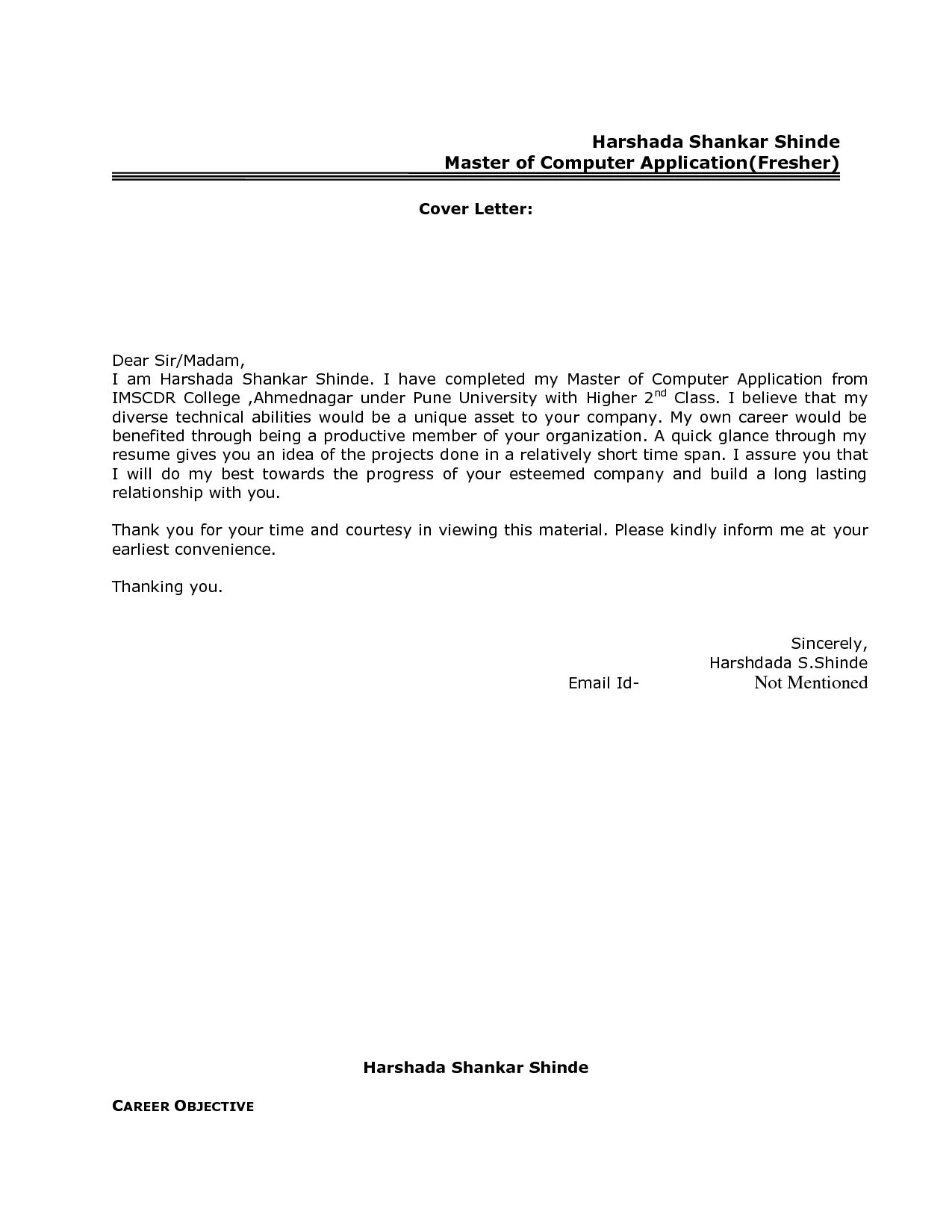
The formatting and design of your email cover letter contribute significantly to its readability and professional appearance. Choosing the right font, using proper spacing, and including your contact information are all important considerations. These details can influence how the hiring manager perceives your attention to detail and professionalism, making a lasting impact. Ensure the format is easy to read, and conveys a positive impression.
Choosing the Right Font and Font Size
Select a professional and easily readable font for your email cover letter. Common choices include Arial, Times New Roman, Calibri, and Helvetica. Ensure the font size is between 11 and 12 points for comfortable reading. Avoid using overly fancy or stylized fonts, as they can be difficult to read and make you appear less professional. The goal is clarity and ease of reading, so choose a font and size that are both accessible and appropriate for a professional document. Choose a simple and readable font.
Proper Spacing and Paragraphing
Use proper spacing and paragraphing to make your email cover letter visually appealing and easy to read. Use single spacing within paragraphs and double spacing between paragraphs. Keep paragraphs concise and focused. Use bullet points or numbered lists to highlight key information or achievements. Proper spacing and paragraphing improve readability and make the information easier to digest. This also makes your cover letter more approachable and professional-looking. Ensure the cover letter is easy to read at a glance.
Including Contact Information
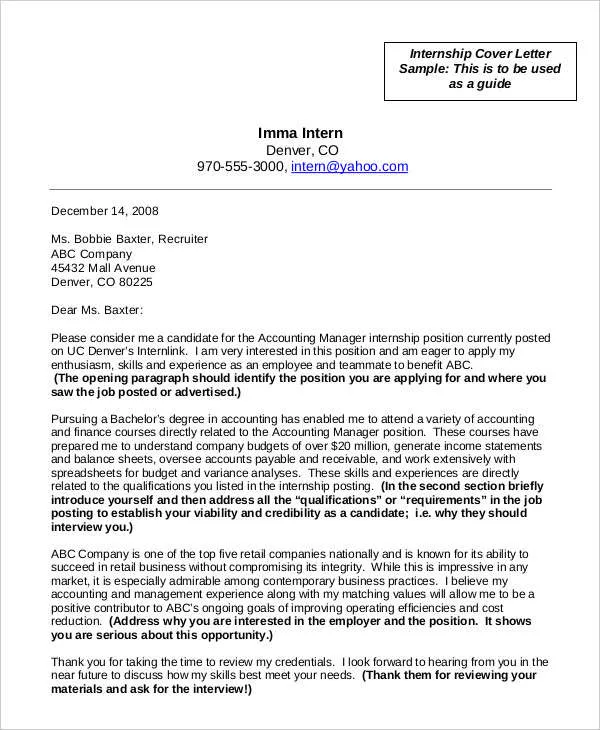
Include your contact information at the end of your email cover letter. This should include your full name, phone number, email address, and LinkedIn profile URL (if you have one). Make it easy for the hiring manager to contact you. Ensure your contact information is accurate and up-to-date. Including this information makes it easy for the employer to reach out. Add a professional email signature with your name and contact details.
Common Mistakes to Avoid
Avoiding common mistakes can significantly improve the quality of your email cover letter and increase your chances of success. These errors can range from using generic greetings to including typos and grammatical errors or even sending the cover letter as an attachment. Recognizing and correcting these pitfalls will help you create a polished and professional application, leaving a positive impression on the hiring manager. A little effort can make a significant impact on your application.
Generic Greetings
Avoid using generic greetings such as “To Whom It May Concern” or “Dear Sir/Madam.” These greetings suggest a lack of effort and personalization. Instead, research the hiring manager’s name and address the letter to them directly. If you cannot find a name, use a more professional greeting, such as “Dear Hiring Manager” or “Dear [Department] Hiring Team.” Personalizing your greeting shows that you have taken the time to research the company and are genuinely interested in the opportunity. Make an effort to find a name.
Typos and Grammatical Errors
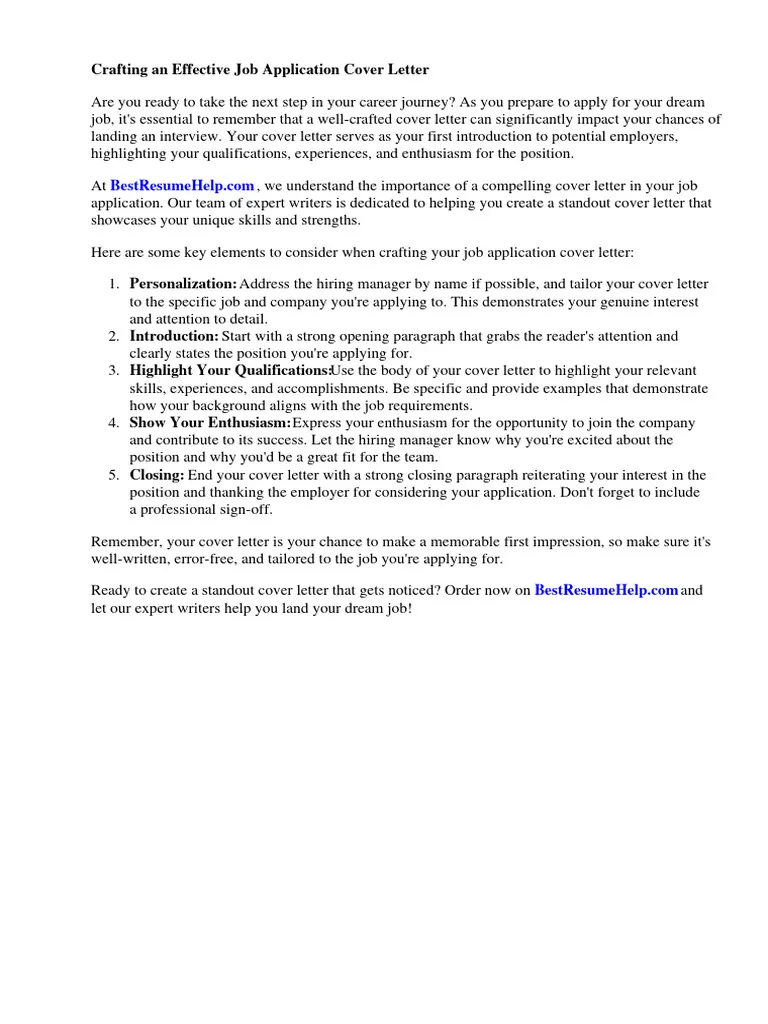
Typos and grammatical errors can undermine your credibility and make you appear unprofessional. Always proofread your email cover letter carefully before sending it. Use a spell-checker and grammar-checker, but don’t rely on them entirely. Read your letter aloud to catch any awkward phrasing or errors. Ask a friend or family member to review it as well. A polished, error-free letter shows attention to detail and demonstrates your commitment to quality. Proofread everything before sending.
Sending the Cover Letter as an Attachment
While sometimes acceptable, sending your cover letter as an attachment can be risky. The hiring manager may not open the attachment, or it may get lost in their inbox. The best practice is to include the cover letter directly in the body of your email. This ensures that the hiring manager sees your letter immediately. You can still attach your resume, but the cover letter should be part of the email content. Always follow the specific instructions provided in the job posting; they are usually explicit in how to send it. The application is easier to review if it’s in the body of the email.
Conclusion
Crafting an effective email cover letter is essential for any job application. By understanding the purpose, key elements, and top secrets of a great cover letter, you can significantly increase your chances of landing an interview. Remember to tailor your letter, proofread meticulously, and include a strong call to action. By avoiding common mistakes, such as generic greetings and typos, you can make a positive impression on hiring managers. With a well-written cover letter, you are one step closer to securing your dream job. Good luck with your job search. Always proofread, and edit, and remember to tailor your application.
